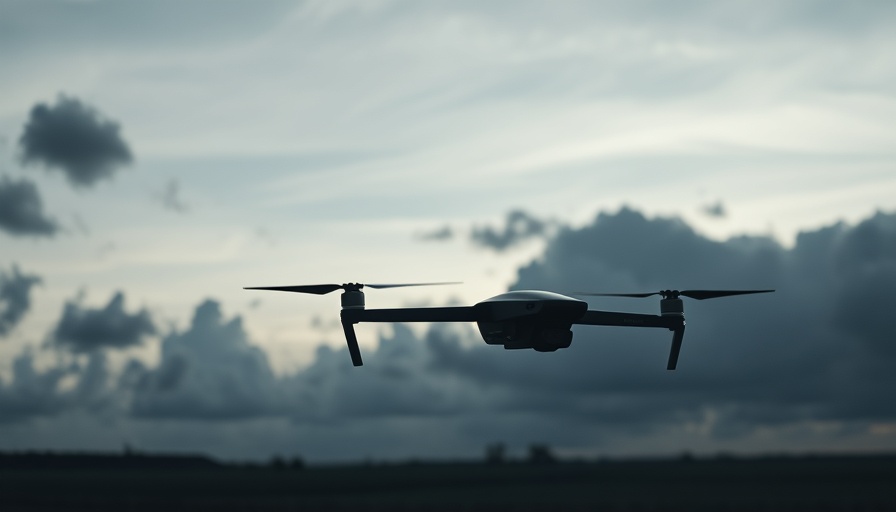
This New Era of Drone Warfare: Fiber-Optic Drones Explained
The battlefield is evolving rapidly, particularly with the advent of fiber-optic drones that are transforming warfare strategies. Fiber-optic drones, designed to evade jamming and interference, constitute a new breed of loitering munition UAVs. By connecting operators to the drones through ultra-thin fiber-optic cables rather than conventional radio waves, these UAVs present unique challenges in military encounters.
Initially noted in sporadic use during the early days of Russia's invasion of Ukraine in 2022, these sophisticated drones have gained traction since 2024, especially with reports from the front lines revealing their alarming effectiveness. Ukrainian and Russian troops are now locked in a fierce technological race to adapt and counter these advancements.
The Advantage of Fiber-Optic Connectivity
Fiber-optic drones bring several significant advantages to the table. For one, the immunity to electronic warfare systems allows them to operate under the radar, so to speak. Furthermore, they enjoy enhanced data transmission speed and superior image quality, a crucial factor in military operations. Their ability to navigate low altitudes assists in evading detection while successfully adapting to various environments, such as tunnels and urban settings.
However, like any technology, these drones are not without limitations. The range of fiber-optic drones can vary significantly, determined by the length of their cables—typically limited to 5 to 50 kilometers. Additionally, increased weight from cable reels can impact the drone's maneuverability, making them easier targets compared to faster, more agile counterparts.
Ukraine's Tactical Response: Countermeasures in Action
Military forces are responding to the fiber-optic drone dilemma with innovative tactics, as illustrated by reports from Ukrainian servicemen. Units are deploying advanced mobile radar systems capable of early detection of incoming drones, launching their own drones in an interceptive capacity before the enemy can strike.
The Magyar Birds brigade, for example, has spearheaded these efforts, developing a system that utilizes microwave radar to spot small UAVs at a distance. This countermeasure emphasizes the importance of quick reaction times on the battlefield, allowing soldiers to neutralize threats before they can execute their missions. Such developments underline the necessary strategic evolution in drone warfare.
Diving Deeper: Understanding the Threat Landscape
While Ukraine has made significant advances in countering fiber-optic drones, they are still playing catch-up with Russian counterparts that are developed by a more sophisticated military-industrial base. The disparity in production capabilities means that Ukrainian forces often rely on civilian innovations and adaptations to supplement their military efforts.
Reports from the front indicate that fiber-optic drones make up a substantial portion of Russian sorties, intensifying the urgency for effective counteractive strategies from Ukrainian personnel. As both sides continue to refine their approaches—using techniques such as concealment and anti-drone nets—the complexity of modern warfare is more pronounced than ever.
The Future: A Battlefield Defined by UAV Technology
As drone warfare becomes increasingly pivotal in military strategies globally, the necessity for continued innovation in both drone technology and countermeasures becomes clear. The intricate dance between offensive capability and defensive measures showcases an ongoing technological arms race.
The lessons learned from Ukraine's experiences will undoubtedly influence military tactics worldwide. Soldiers on the ground must constantly adapt to an environment where surviving the next drone attack could dictate the outcome of battles.
In this kinetic and technologically advanced battlefield, all parties must remain vigilant—understanding that today’s innovative solutions will soon need countermeasures of their own. It’s a game of chess played out in real time, where strategy, technology, and human intuition collide.
 Add Row
Add Row  Add
Add 




Write A Comment